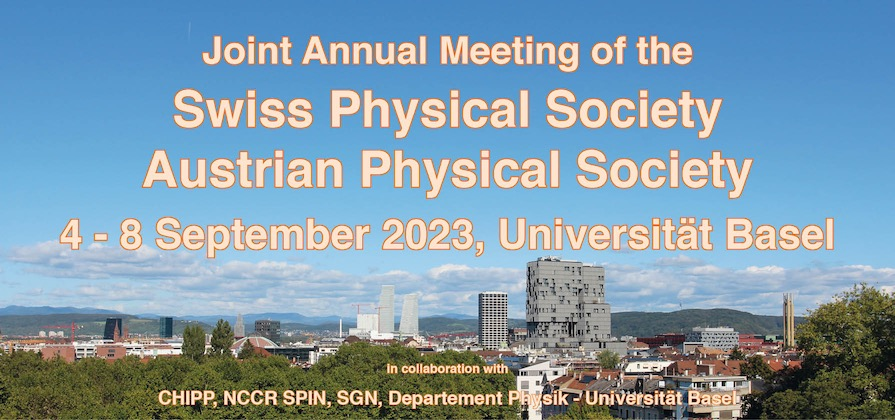Speaker
Description
Daniel Bernoulli (1700 - 1782) studied initially medicine in Basel, Heidelberg, and Strasbourg, concluding with a thesis on respiration (containing experimental and mathematical approaches). During his scientific life he worked across many disciplines (with a focus on physics and its mathematical foundations). In 1725 he was appointed to the St. Petersburg Academy. In 1726 Leonhard Euler followed him to St. Petersburg. Later on Bernoulli intended to return to Basel for a chair in physics. But as appointments to professorships there were (in those days) often taken by drawing lots among the top three candidates, Bernoulli was first successful in 1733 with obtaining a professorship in anatomy and botany, being offered finally a professorship in physics in 1750. He then taught physics until 1776.
His most comprehensive work, the “Hydrodynamica” of 1733/1738 achieved a fundamental advance in hydrodynamics and laid the foundation for later progress, which included the well-known “Bernoulli Principle”, relating the speed of a fluid to its potential energy. He published 74 papers and won a total of 10 Grand Paris Academy Prizes for topics in astronomy, physics, and applications to nautical problems.
Bernoulli's predecessor as professor of physics at the University of Basel, Benedict Staehelin (1695 - 1750), had started a collection of physics devices and instruments that he had acquired for demonstration purposes. These pieces were set up in the 'Physics Cabinet' (the south wing of the "Stachelschützenhaus", built in 1729). Bernoulli added many more apparatuses for his research and lectures on physics – among them the experiment for the "Demonstration of the Hydrostatic Paradox" – which demonstrates that the pressure in a liquid is independent of the shape of the vessel and depends only on the height of the liquid column. Bernoulli had thus significantly expanded the collection of Basel's "Physics Cabinet". The instruments that had been housed in the "Physics Cabinet" now belong to the Historical Museum, and are exhibited at different locations in the city. While the “Stachelschützenhaus” has later been used by various other University Institutes (presently it hosts the Clinical Virology), it was the place, where Daniel Bernoulli worked for a quarter of a century, undertook research and gave his public experimental physics lectures that enjoyed great popularity. For this reason the EPS has decided to make the “Stachelschützenhaus” an ‘EPS Historic Site’ (inauguration 22 September 2023).
